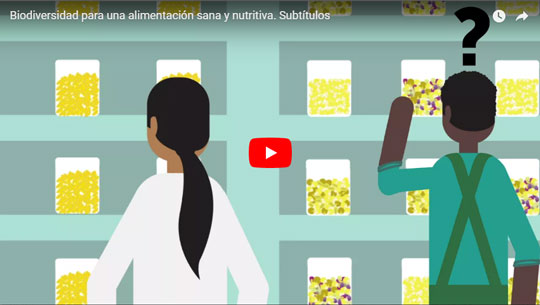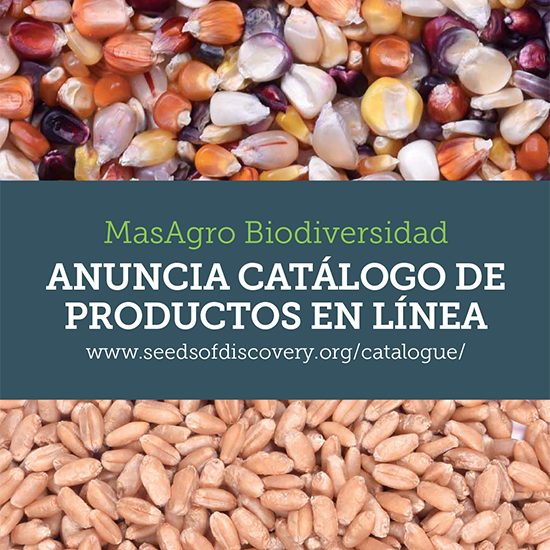-
Wheat Pre-breeding Drought Tolerant Lines
These are wheat pre-breeding lines derived from top-crosses using one germplasm bank accession, crossed to an elite line, and then crossed to a second elite line. The accessions were selected as promising sources for use in breeding for drought tolerance, while CIMMYT wheat breeders recommended the elite lines as the best available lines. The experimental lines have been identified based on field trials under drought stress and well-irrigated conditions in Mexico, with mild selection to eliminate material susceptible to yellow rust or with serious agronomic weaknesses.Product details and features
- List of lines with phenotypic data is available including with checks, and elite lines as reference materials: Two pre-breeding lines provided 6 and 7 % grain yield advantage over best check variety, ‘Baj’, under drought stress environment. Under irrigated condition there was no significant difference among pre-breeding lines and the checks.https://data.cimmyt.org/dataset.xhtml?persistentId=hdl:11529/11038
- Description of genotypic data available November 2017
- Ability to sort and select lines by various traits, e.g. days to heading (DH), days to maturity (DM), Height (H) and Yield (Y) – available November 2017
Comments
These materials are suited for research or for large breeding programs interested in exploring exotic germplasm sources. These products can be used as drought tolerant bridging germplasm by interested researchers because two lines (IWPN-1 GID: 7687479 to 7642491) showed significant tolerance compared with the most tolerant check, ‘Baj’.
Availability
Currently available. Seeds of these entries are available from CIMMYT’s Germplasm Bank. They can be requested as international wheat pre-breeding nursery-1 (IWPN-1).
Primary Users
Wheat breeders for whom drought tolerance is a crucial priority trait; wheat breeders and geneticists investigating drought tolerance; researchers studying physiological mechanisms of drought tolerance; researchers engaged in gene discovery for drought tolerance.
For more information
- Please send us a message to Cimmyt-mab-seed@cgiar.org
News
NEWS
- Wheat phenotyping workshop
The International Maize and Wheat Improvement Center (CIMMYT) extends a cordial invitation to participate in the training workshop "Wheat phenotyping for the identification of germplasm with high yield potential and tolerance to drought and heat". This will be held in CIMMYT HQ, Texcoco, State of Mexico, on September 28th, 2018 (from 9:00 – 14:00 hrs) as part of the II Plant Breeding Symposium México 2018 (https://trasmejoragen.wixsite.com/inicio) The objective of this workshop is to train participants in the phenotypic characterization of wheat germplasm. Research themes include: climate change; priority characteristics for wheat for Mexico; phenotyping of genetically diverse materials and in the ...
- II Plant Breeding Symposium Mexico 2018
MasAgro Biodiversity announces the II Plant Breeding Symposium Mexico 2018 which will be held on September 6 and 7, 2018 at the CIMMYT HQ, Texcoco. Mexico. This event belongs to the series of DuPont Plant Sciences Symposia. For more information please visit the website:https://trasmejoragen.wixsite.com/inicio
- New video: Crop biodiversity for healthy, nutritious livelihoods
Erratic weather, poor soil health, and resource shortages keep millions of maize and wheat farmers in developing countries from growing enough to feed their households and communities or to harvest a surplus to sell.
- 3rd KDSmart app workshop
The International Maize and Wheat Improvement Center (CIMMYT) extends a cordial invitation to participate in the training workshop on the use of the KDSmart app. This will be held in Texcoco, State of Mexico, on December 20, 2017 (from 9:00 - 17:00 hrs).














